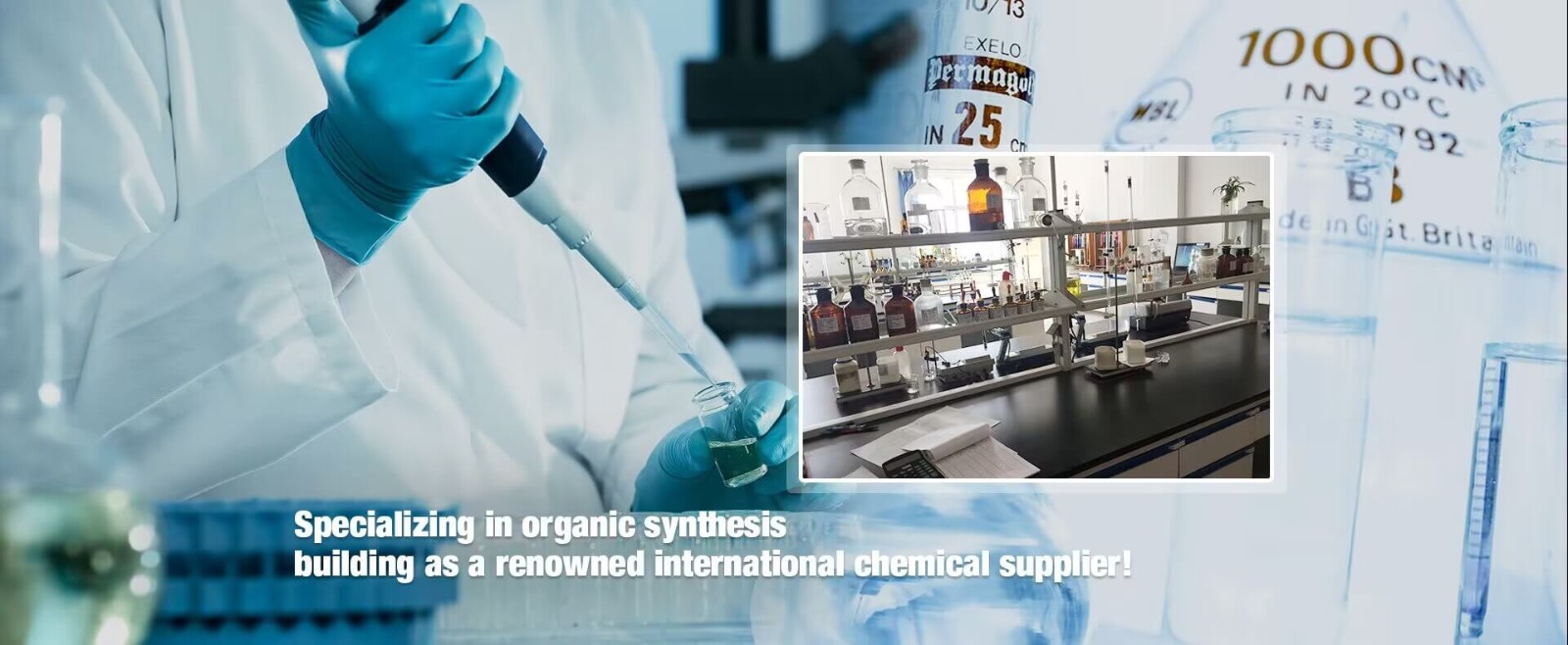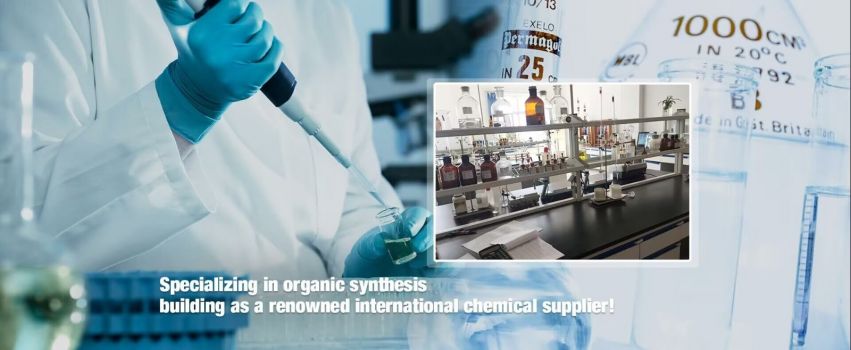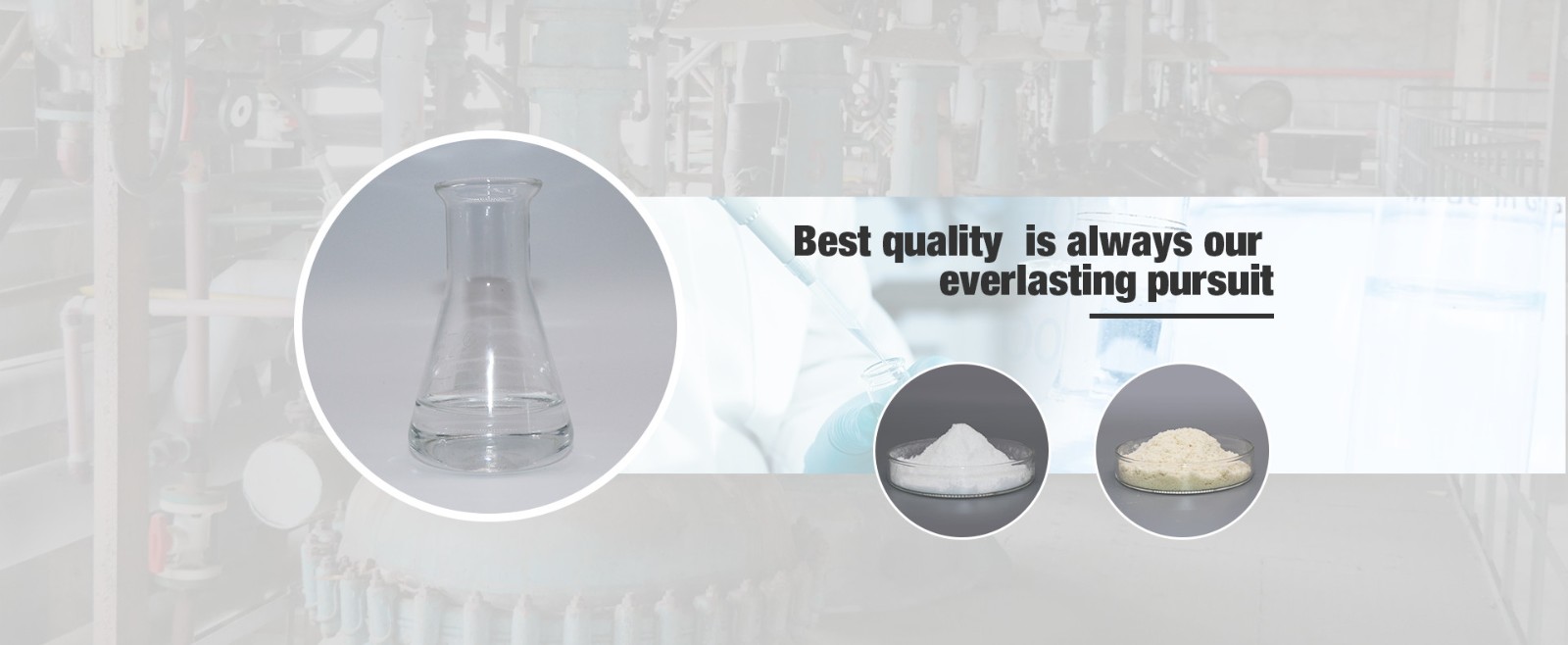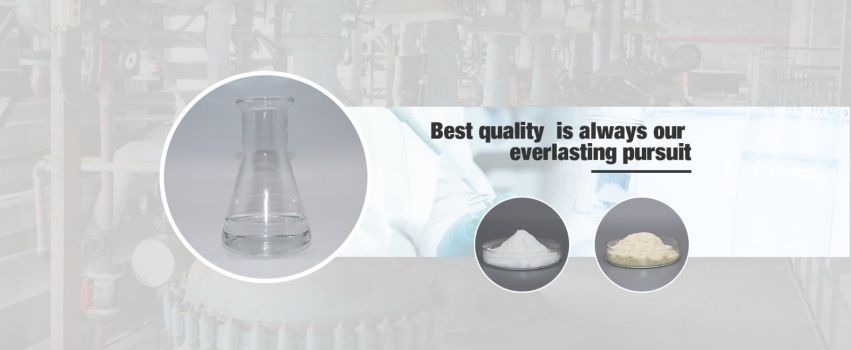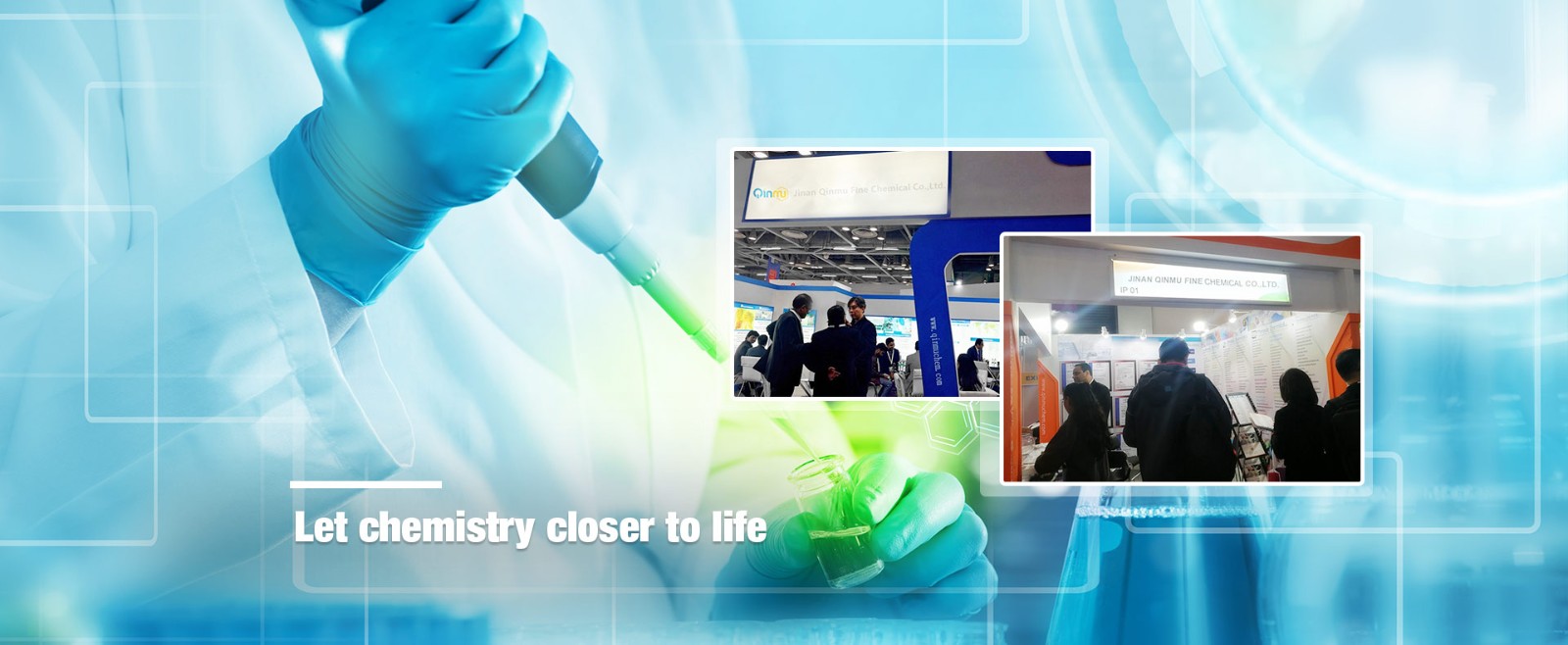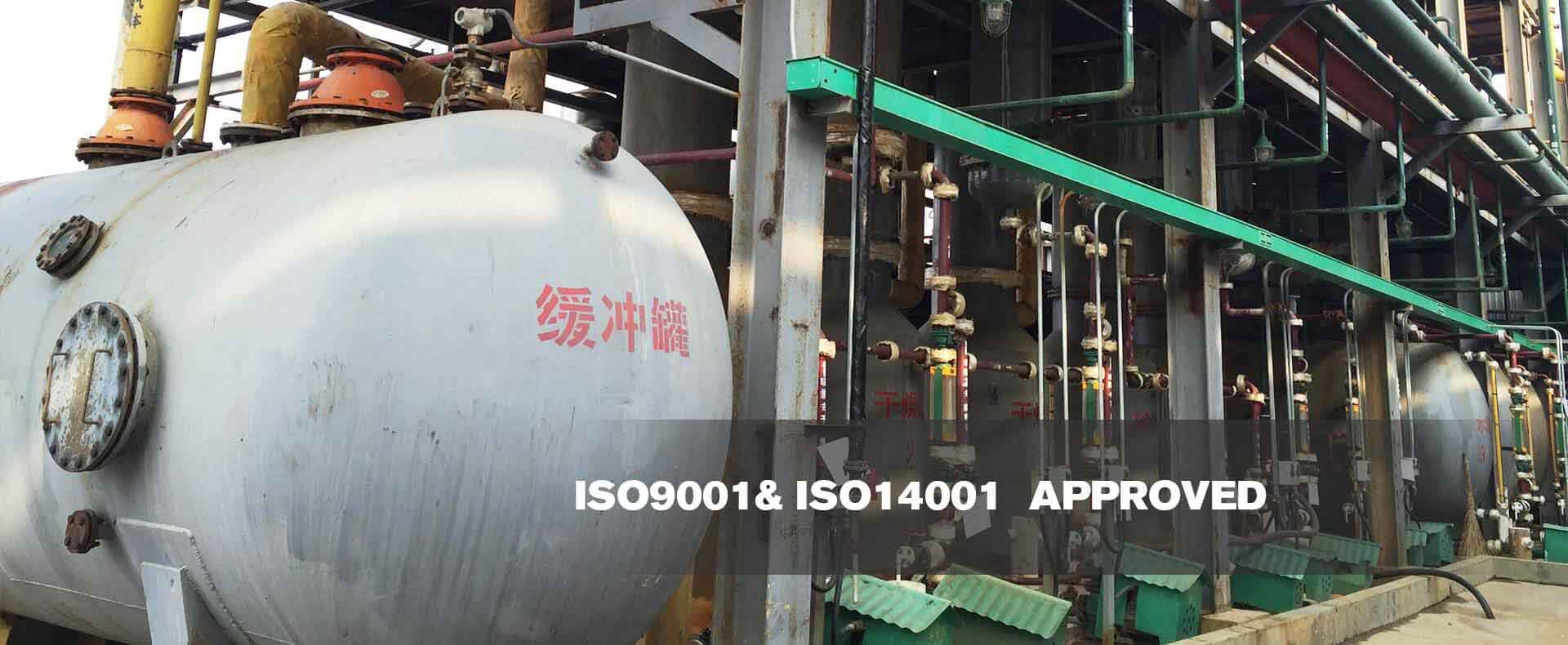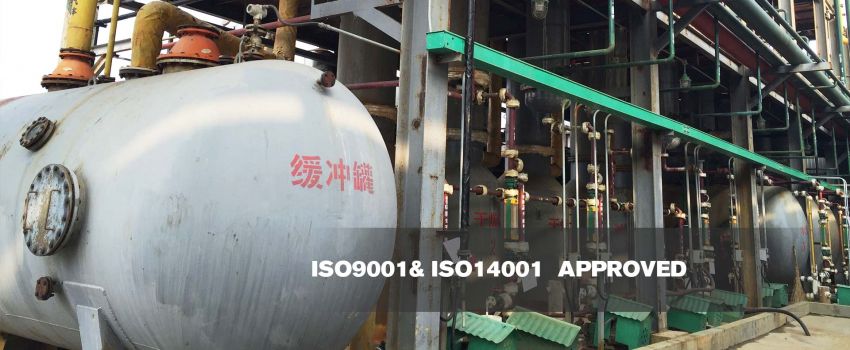Surfactant Wetting and Permeation
Jul. 20, 2020
Cut a piece of greige cloth and place it gently on the water surface. This piece of greige cloth will stay on the water surface for a while and then slowly sink to the bottom. If a little surfactant is added to the water, we find that the greige cloth placed on the water surface will immediately sink to the bottom. This is a common method to test the wetting ability of surfactants.
Generally speaking, wetting is a process in which one fluid is replaced by another fluid on a solid surface. Therefore, wetting involves at least three phases, two of which are fluids and one is solid. In the dyeing and finishing process, the gas (a fluid) on the surface of the fiber (solid) is replaced by water (another fluid).
The wetting speed of greige cloth in pure water is slow because the surface tension of water is large, it cannot spread quickly on the surface of the fiber, and the air in the greige cloth cannot be quickly replaced; after surfactants are added to the water, the surface tension of the water drops significantly, So that the water can spread quickly on the fiber surface and quickly replace the air, thereby speeding up the wetting process. Therefore, surfactants that can make the wetting process happen quickly are called wetting agents or penetrants, and the role of surfactants in this process is called wetting or penetrating.
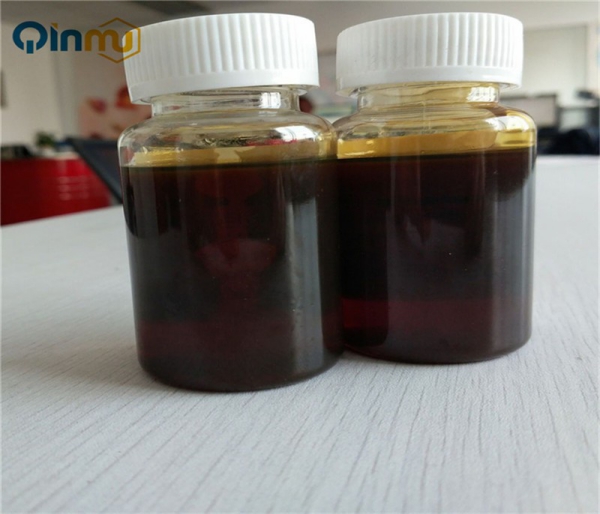
There is no essential difference between the wetting effect and the osmotic effect. The former acts on the surface of the solid, and the latter acts on the inside of the solid. Both can use the same surfactant, so the wetting agent can also be called an osmotic agent.
The surfactant has a wetting and penetrating effect because it can significantly reduce the surface tension of water.
The fabric is different from the general solid plane. It is a porous system. Between the yarns, between the fibers, and between the fine structures inside the fibers, there are countless intersecting capillaries of different sizes. Therefore, in the dyeing and finishing process, The wetting ability of fabrics is often measured by the capillary effect.
After adding a small amount of wetting and penetrant to the dyeing and finishing working fluid, the capillary effect of the fabric can be significantly improved, ensuring the smooth progress of dyeing and finishing.
As a surfactant used as a wetting and penetrating agent, the molecular chain length should be moderate and the HLB value should be appropriate. If the hydrophobic group contains branches, the wetting ability will be significantly improved. The hydrophilic group of the ionic surfactant is located in the molecule The wettability is best in the center of the chain, and the wettability will decrease after the surfactant molecule is introduced into the second hydrophilic group. When polyoxyethylene-type nonionic surfactants are used as penetrants at high temperatures, they should be shared with anionic surfactants to improve their thermal stability. Wetting and penetrating agents used under strong acid and alkali conditions should be used as penetrants. Fully consider its chemical stability to avoid decomposition failure.
The above information is provided by a trimethylolpropane supplier.
-
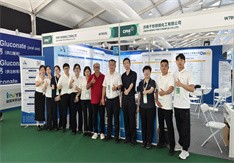
Qinmu's CPHI China 2025 Exhibition Ends Perfect
Jul. 01, 2025
-

CPHI & PMEC China (Shanghai) 2025 --- we are coming!
Mar. 14, 2025







